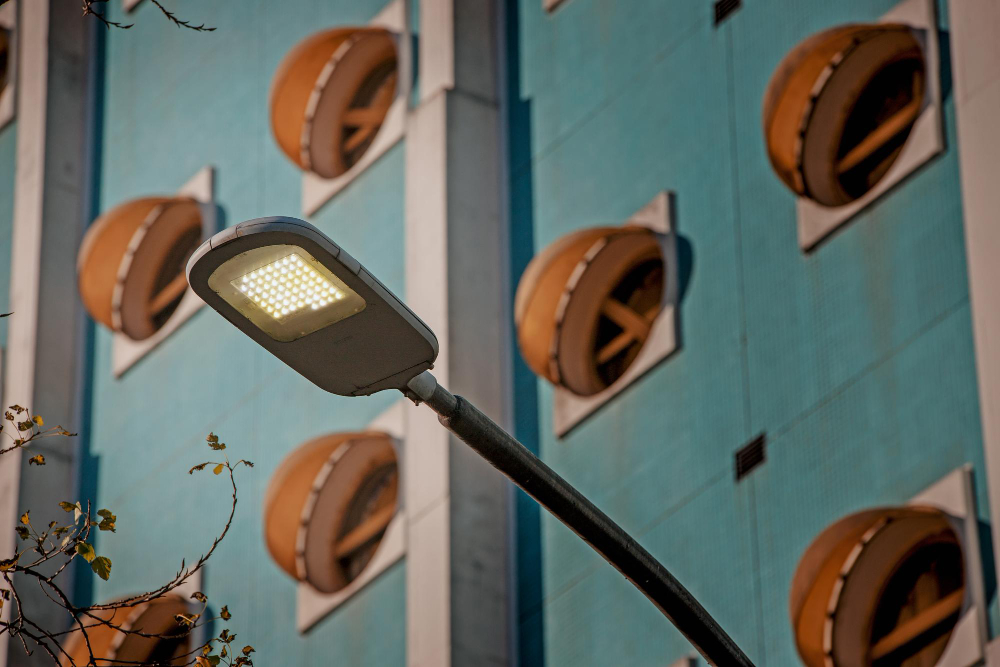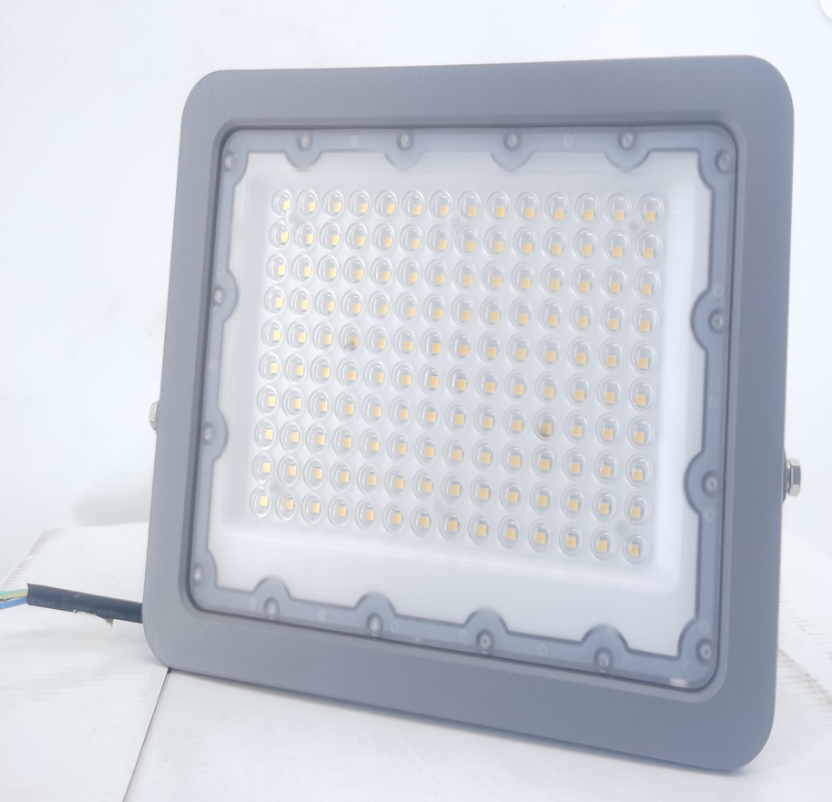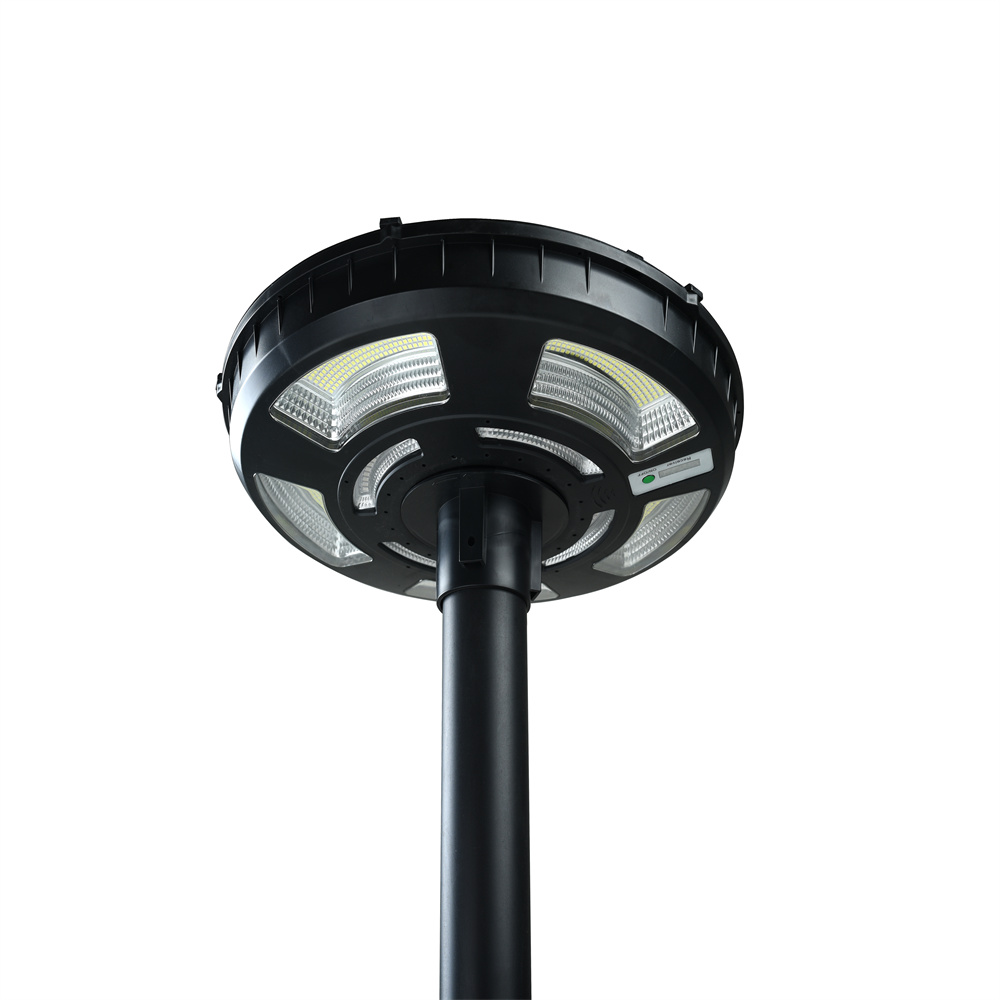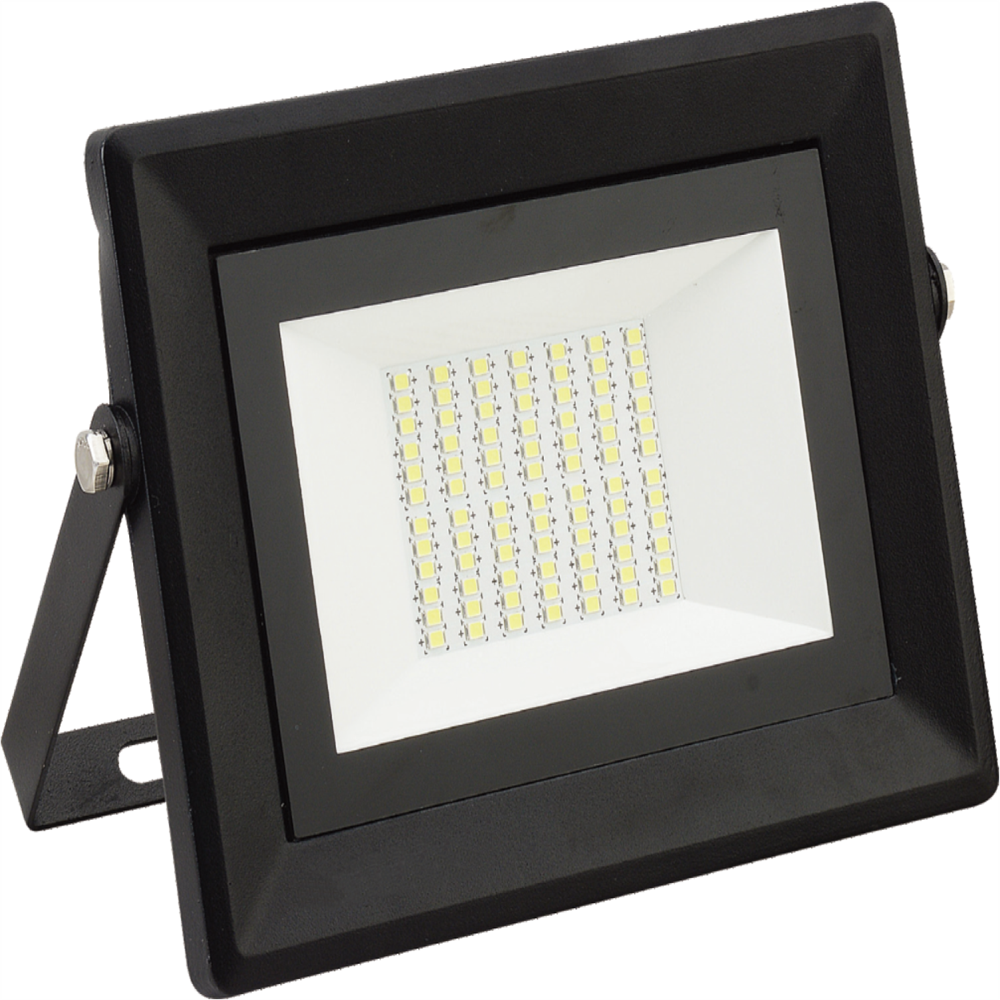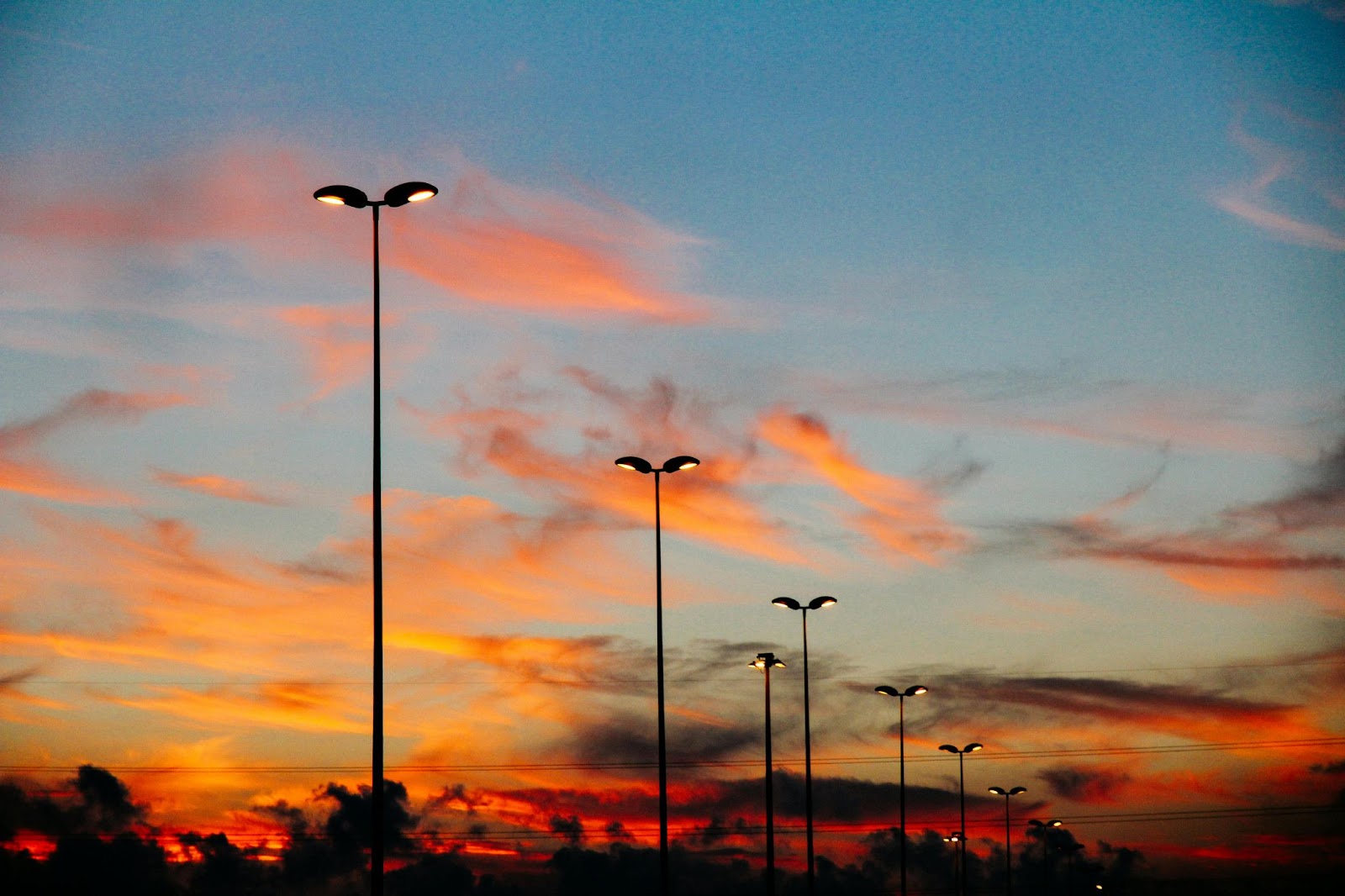When designing an outdoor lighting scheme, the materials used make all the difference in performance and durability. From traditional metals and glass to polymers and composites, several options exist with their own benefits and drawbacks. Determining the best fit means weighing factors like climate, usage, and aesthetics. This guide examines common lighting materials for outdoor […]
When designing an outdoor lighting scheme, the materials used make all the difference in performance and durability. From traditional metals and glass to polymers and composites, several options exist with their own benefits and drawbacks. Determining the best fit means weighing factors like climate, usage, and aesthetics.
- Metals offer durability but can corrode over time
- Glass provides elegant transparency at the cost of fragility
- Polymers trade-off aesthetics for high-impact resistance
- Composites blend the benefits of multiple materials
- Climate, usage, style, and cost inform ideal material choices
This guide examines common lighting materials for outdoor fixtures and considerations that lead to appropriate selections.
Common Materials Used in Outdoor Lighting
Outdoor fixtures and poles utilize a range of materials, from metals to polymers. Here are some of the most prevalent options, along with their general advantages and weaknesses.
Stainless Steel
This alloy steel contains chromium to resist corrosion from outdoor elements. The material offers high strength combined with sleek aesthetics. Stainless steel can be prone to Pitting corrosion over decades of use.
Cast Aluminum
Aluminum is lightweight, workable, and conducts heat efficiently from lamp housings. However, aluminum outdoor lights and structural parts can eventually fail due to weathering oxidation and galvanic corrosion when in contact with other metals over long periods.
Bronze
A copper alloy containing tin, zinc or phosphorus, bronze offers artistic patinas along with excellent corrosion resistance. This makes it a common choice for outdoor sculpture and lighting when appearance is important. Bronze is comparatively expensive.
Plate Glass
Ordinary glass allows maximum light transparency and simple designs. But plate glass can easily shatter when impacted. This fragility means it requires protection shades or careful placement away from hazards in outdoor settings.
Acrylic
As a transparent thermoplastic, acrylic can substitute glass with the added benefit of higher impact resistance. However, extended UV exposure causes acrylic to degrade and yellow over time. Periodic replacement may be required for acrylic light fixture coverings.
Polycarbonate
Similar to acrylic but with even greater durability, polycarbonate is a common lens choice capable of surviving most low-speed impacts. Like other plastics, though, UV rays eventually cloud and tint the material.
Factors to Consider When Choosing Outdoor Lighting Material
When selecting an outdoor lighting fixture, material is the most important thing, as it will determine the durability of your selected product. Here are a few things that you must keep in mind while selecting outdoor lighting material:
- Climate Effects
The year-round weather a light fixture is exposed to informs suitable construction materials. Coastal marine environments, for example, are extremely corrosive to metals due to salt spray. Plastics can discolor and become brittle in very hot, sunny climates. Material choices should hold up under ambient conditions.
- Exposure & Impact Risks
Will the installed fixtures experience routine impacts from vehicles, pedestrians, sports balls, tree debris, etc? Durable polycarbonate and aluminum better withstand blows while heavy cast brass resists dents. Avoid plate glass in high traffic zones since it shatters on impact.
- Style Preferences
Designer outdoor lighting plays a key aesthetic role alongside landscaping. Period designs in wrought iron or antique bronze patinas may dictate material selection even at the expense of decreased lifespan. Mixing metals, glass, and plastics provides creative options.
- Accessibility for Repairs/Replacement
Consider ease of accessing fixtures for any needed repairs or replacements over time. Using durable materials reduces maintenance but no material lasts forever outside. Check that overhead pole lights, for example, can be lowered.
- Budget Parameters
Material costs vary widely – solid exterior brass lights and copper lights cost far more than plastic composites. Set practical budget limitations based on the scale of the installation and lifespan expectations. Prioritize key focal points over secondary ambient lighting.
What’s the Material of RRRlighting?
RRRlighting stands out for its signature blend of die-cast aluminum housings paired with ABS plastic fixtures. This innovative composite design balances performance, durability, and value.
Die-Cast Aluminum Construction
The company’s fixtures feature aluminum housings and mount die-cast for smooth, flawless designs that install easily. This aluminum offers the ideal balance between reasonable cost and corrosion resistance when properly maintained. The heat generated by lamp assemblies transfers efficiently to the surrounding air.
Compared to fabrications, die-cast aluminum parts require less welding and finishing for consistently high quality. Complex part geometries make it possible to maximize functional performance. Countless custom aluminum shades and fittings complement RRRlighting’s stable LED luminaires.
ABS Plastic Lenses & Components
The light engines within RRRlighting’s aluminum light fixture are framed by molded ABS plastic components. ABS offers light weight, high tensile strength, and most importantly – extreme impact resistance. This durable thermoplastic stands up to routine bumps and even the occasional strike.
While ABS can yellow over decades of UV exposure, its transparent clarity and affordable cost make the material a perfect choice to supplement aluminum. For larger pole-mounted fixtures, durable polycarbonate lenses better manage UV effects over very long working lifespans.
Conclusion
Outdoor spaces demand specialized illumination able to withstand Mother Nature’s various challenges from moisture to ultraviolet rays. By artfully combining rugged die-cast aluminum housings with durable polymer lenses, RRRlighting creates fixtures able to operate reliably come rain or shine.
Their innovative composite designs offer property owners the ideal balance of aesthetics, resilience, and affordability. Attractive contemporary styles like the Apex series stand the test of time thanks to robust underlying construction. Each thoughtfully engineered luminaire comes backed by decades of lighting industry expertise.
Contact RRRlighting today to discuss how advanced composite materials can provide maintenance-free high quality outdoor light fixtures for years on end. Our team of seasoned pros knows how to select ideal fixtures based on climate, usage, and style preferences.
- What is the best material for outdoor lamps? (karmanitalia.it)
- What Is the Best Material for Outdoor Lighting Fixtures | Woods Luminaires
- Material selection of outdoor lights (nordlux.com)
- Hunza® Solid Metals — Selecting the Right Material for Your Outdoor Lighting Project - Hunza Outdoor Lighting (hunzalighting.com)
- CAST Lighting | What Is the Best Material for Outdoor Lighting Fixtures? | Outdoor, Landscape & Security Solutions | CAST Lighting (cast-lighting.com)





